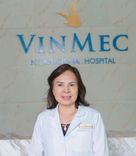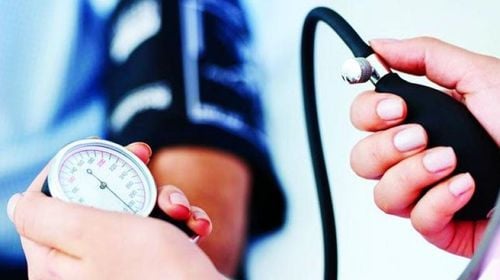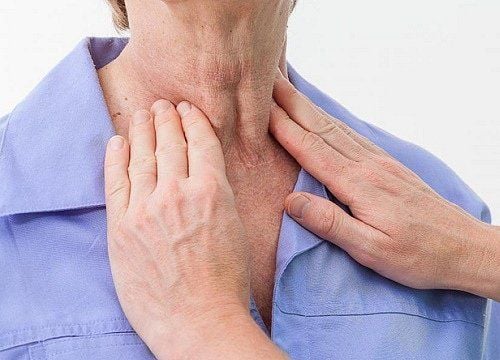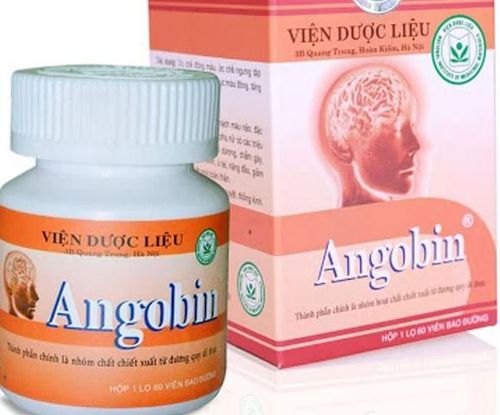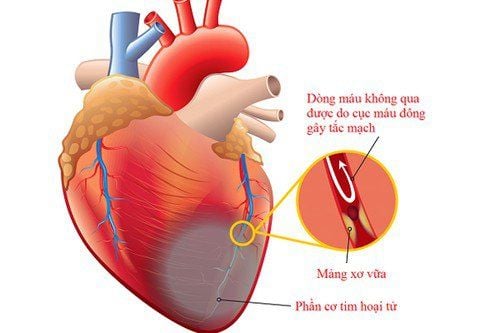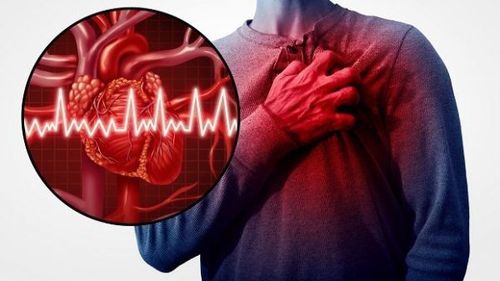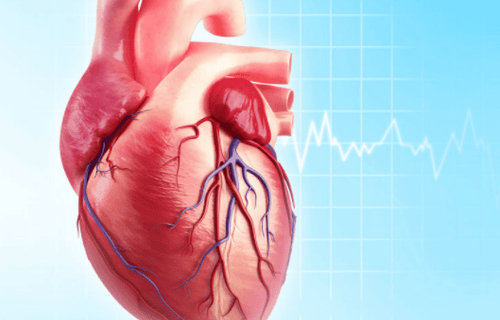This is an automatically translated article.
This article is professionally consulted by Master, Specialist Doctor I Nguyen Thi Thanh Binh - Rehabilitation Doctor - Department of General Surgery - Vinmec Danang International Hospital. The doctor has 30 years of experience in the specialty of Rehabilitation.1. Brain stroke
A stroke, also known as a cerebrovascular accident, is a disease that occurs due to sudden damage to a blood vessel in the brain, possibly due to a blood vessel blockage or rupture of a blood vessel, causing a lack of oxygen supply. for the brain. The symptoms of a stroke usually persist for more than 24 hours or can lead to death before 24 hours and are not caused by trauma. Clinically, cerebral stroke is classified into two types: ischemic stroke due to blockage of cerebral arteries and cerebral hemorrhage due to rupture of cerebral blood vessels causing massive bleeding into the brain parenchyma, ventricles or bleeding into the lower space. spider veins, and in which cerebral infarction is more common than cerebral hemorrhage with the rate of 75% - 85% of patients hospitalized for ischemic stroke. Some of the risk factors that lead to brain stroke are:High blood pressure: is the leading risk factor leading to a stroke because when blood pressure is high, it will damage the inside of the vessel wall, causing damage to the blood vessels. Vascular permeability also increases, especially with blood lipoproteins, creating favorable conditions for atherosclerotic plaques to develop more leading to stroke. Therefore, it is necessary to control blood pressure at an acceptable level to limit the risk of stroke as well as a number of other dangerous diseases. Diabetes is considered a common risk factor for ischemic stroke. Cardiovascular diseases: some diseases related to the body's circulatory system such as atrial fibrillation, myocardial infarction, mitral valve stenosis, endocarditis, cardiomyopathy... increase the likelihood of cardiovascular disease. cause a stroke. Hyperlipidemia: is one of the causes leading to atherosclerosis, thereby increasing the risk of stroke.
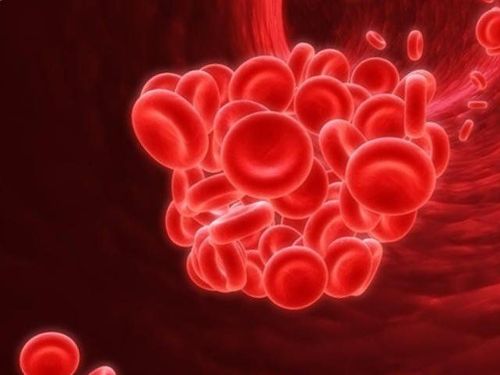
2. Stages of recovery after brain stroke
Cerebral stroke can be partially or completely reversible depending on the extent of brain damage, early or late treatment time, and the patient's care and treatment as well as rehabilitation. proper and reasonable capacity or not. Recovery time for stroke patients can range from a few days to several months. However, there are many patients who suffer from severe cerebral stroke and leave severe sequelae afterwards, affecting the patient's ability to live, exercise and quality of life a lot, even patients with severe cerebral palsy. You can die if you have a brain hemorrhage. Some common sequelae after a stroke can be mentioned as hemiplegia, quadriplegia, weakness in both arms and legs, difficulty speaking, inability to express what you want to say, language disorder, swallowing disorder causing choking when eating and drinking, which can lead to complications of pneumonia, sensory disturbances such as increased or lost superficial sensations such as hot and cold..., circular muscle disorders causing symptoms of urinary incontinence, failure reduced memory function, thinking...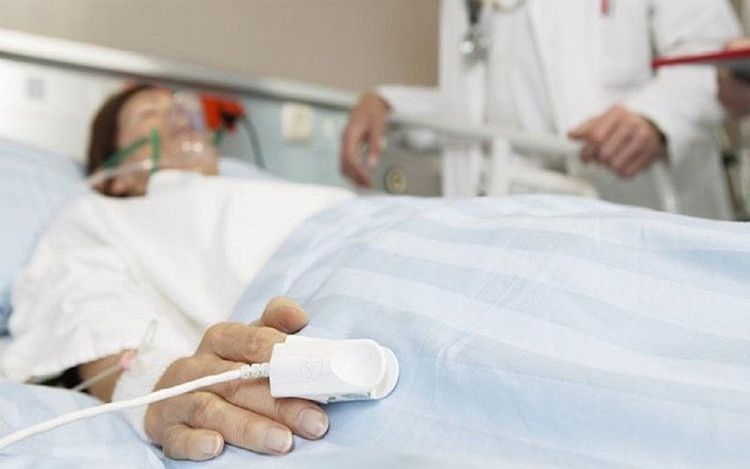
Acute and fulminant phase: the first 24 hours after the stroke The patient needs early intervention, active resuscitation to sustain life by keeping vital signs in a stable level.
Early recovery phase: after the first 24 hours to 3 months after the stroke The patient needs medical treatment, combined with early rehabilitation because this is the period when the patient's body can recover quickly and achieve the most effective treatment.
Attention should be paid to limiting possible complications after a stroke such as pneumonia, pressure ulcers, muscle atrophy or stiffness due to bed rest.
Late recovery period: 3 months to 6 months Continue to practice rehabilitation after stroke for patients, but if the time to start rehabilitation exercises for stroke patients is slower, the ability to recover will be lower. the lower the complete recovery.
Chronic phase: after 6 months The patient is in stable condition, maintains rehabilitation exercises at home and reintegrates into family and society.
However, not every stroke patient will be successful after a stroke, but it needs to be based on many factors as follows:
The extent of brain damage affects the body. Time of early or late active treatment and resuscitation intervention Time of early or late rehabilitation practice Age of the patient's motivation and frequency of exercise frequency or not Health background whether the patient is stable or not. Help from family, relatives and friends.
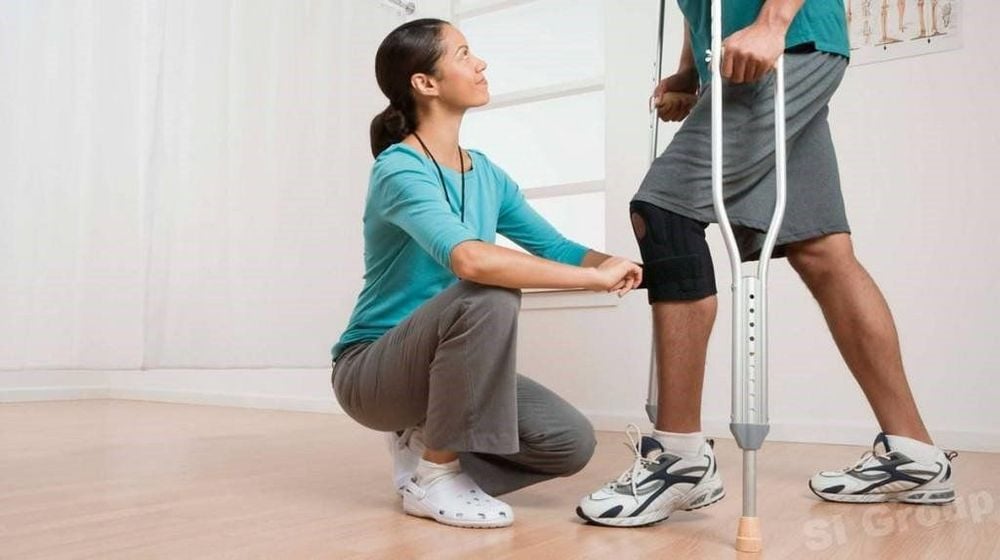
3. Conclusion
Rehabilitation is considered an important part of the treatment of stroke patients. Patients who begin to exercise at different stages of stroke recovery will have different effects, so it is advisable to conduct rehabilitation exercises as soon as possible to improve their health and recovery. have the living functions to live and work as independently as possible, reintegrate into the community as soon as possible.For safe and effective rehabilitation treatment for stroke after brain stroke, customers can contact the rehabilitation department of Vinmec International General Hospital to be prescribed treatment by doctors. specific to each case. The Department of Rehabilitation is fully invested, with a complete and rich system of physical therapy equipment and machinery originating from the world's leading manufacturer of physical therapy equipment. like the Netherlands; Japan....
Spinal traction bed Neck spine stretching machine Large short wave machine Treatment ultrasound machine Pulsed electric machine Passive knee extension machine Programmable bicycle system Muscle exercise machine system, Joint training Strength training machine system with multi-function bed system BoBab exercise bed system... The technicians are formally trained, at the university and college level, having worked in various departments. Rehabilitation of large hospitals. In addition, from time to time, the Faculty also has an increase of foreign technicians working together and exchanging experiences. The care support team is available to assist the patient in safe mobility.
If you have a need for consultation and examination at Vinmec Hospitals under the nationwide health system, please book an appointment on the website for service.
Please dial HOTLINE for more information or register for an appointment HERE. Download MyVinmec app to make appointments faster and to manage your bookings easily.
